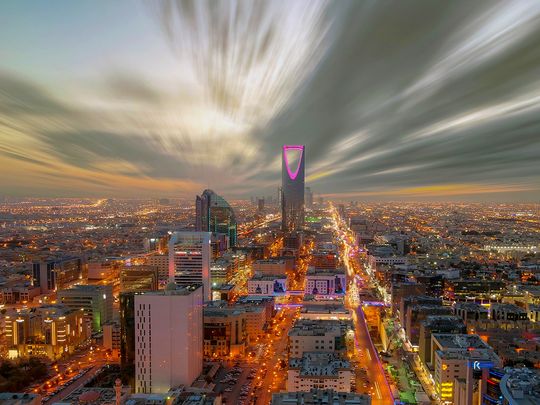The decision to modernise and expand the fleet is part of Saudi Arabia’s preparations to accommodate the millions of visitors expected for both events. The current fleet of 190 aircraft will nearly double to meet anticipated travel demands. “This upgrade is pivotal for enhancing connectivity and ensuring seamless travel experiences for visitors,” said Al Shahrani.
Al Shahrani also revealed that electric aircraft will play a key role during Expo 2030 and the World Cup, providing swift, eco-friendly transport between host cities.
Additionally, Saudi Airlines plans to double its destinations to 200 international routes by 2030. Currently serving 100 destinations, the expanded network will enhance global access to Saudi Arabia during these landmark events and beyond.
The aviation sector is a cornerstone of Saudi Arabia’s Vision 2030, contributing $53 billion annually to the national economy. This includes $20.8 billion from aviation activities and $32.2 billion from tourism. The influx of visitors for Expo 2030 and the World Cup is expected to further accelerate economic growth, solidifying the Kingdom’s position as a global hub for tourism and innovation.
Expo 2030, with an estimated budget of $7.8 billion, is projected to attract 40 million visitors. Four years later, Saudi Arabia will host the first-ever World Cup featuring 48 teams, with matches spread across Riyadh, Jeddah, Al Khobar, NEOM, and Abha. These events are anticipated to drive unprecedented demand for air travel, spurring investments in infrastructure and new transportation models, including electric aircraft.
To support this transformation, the General Authority of Civil Aviation (GACA) has launched an aviation roadmap aiming to multiply the sector’s contribution to Saudi Arabia’s GDP tenfold by 2030, reaching $2 billion.

